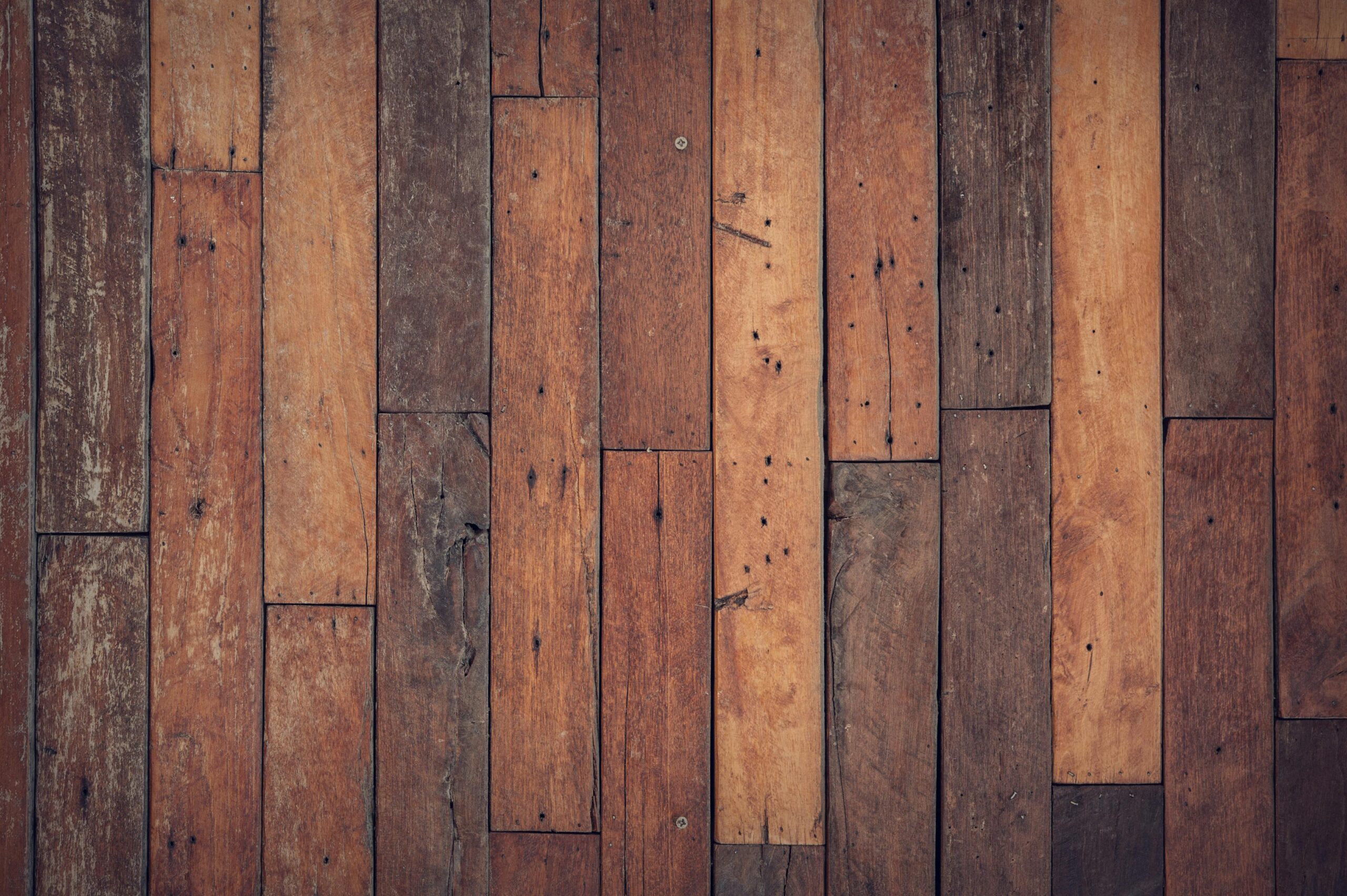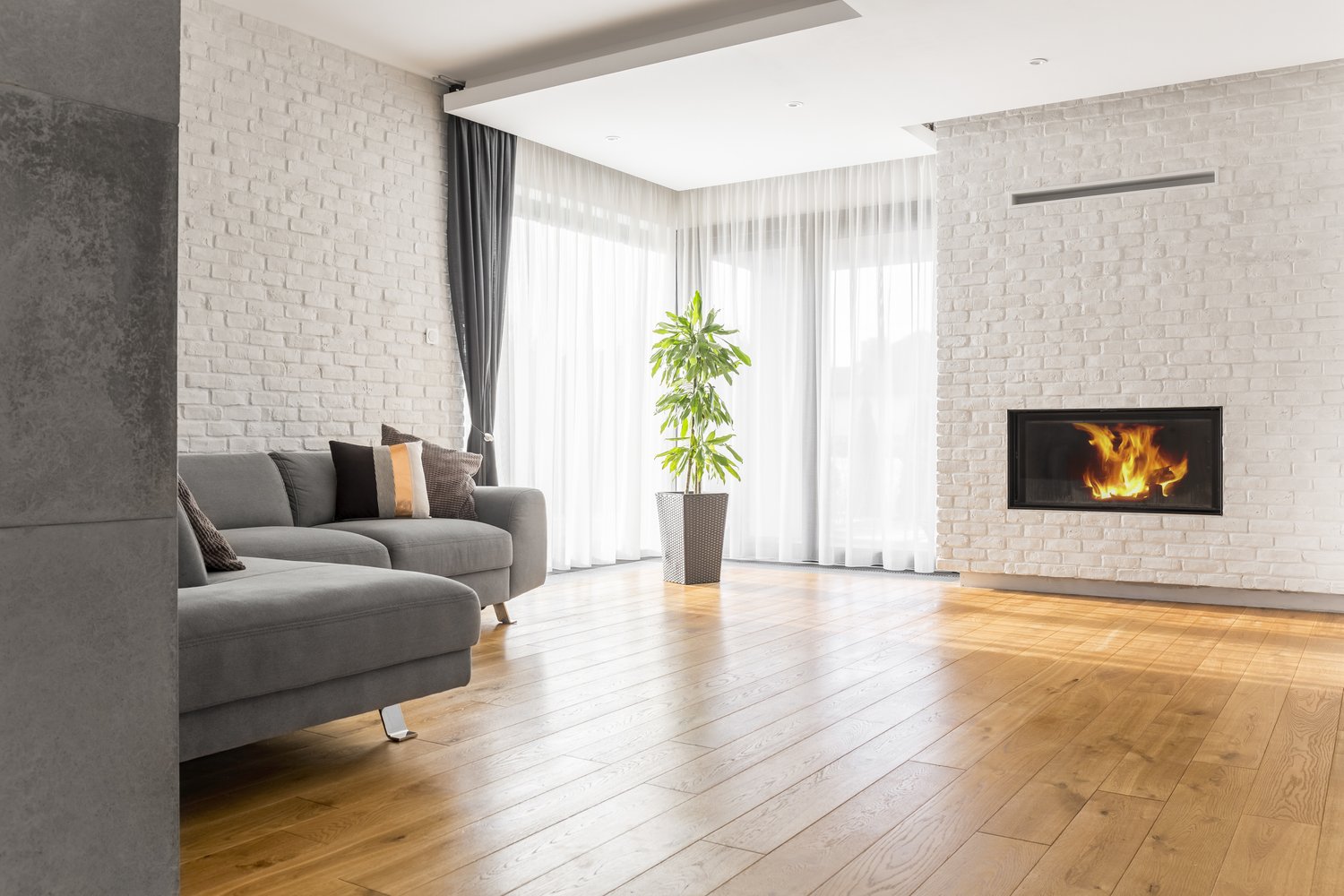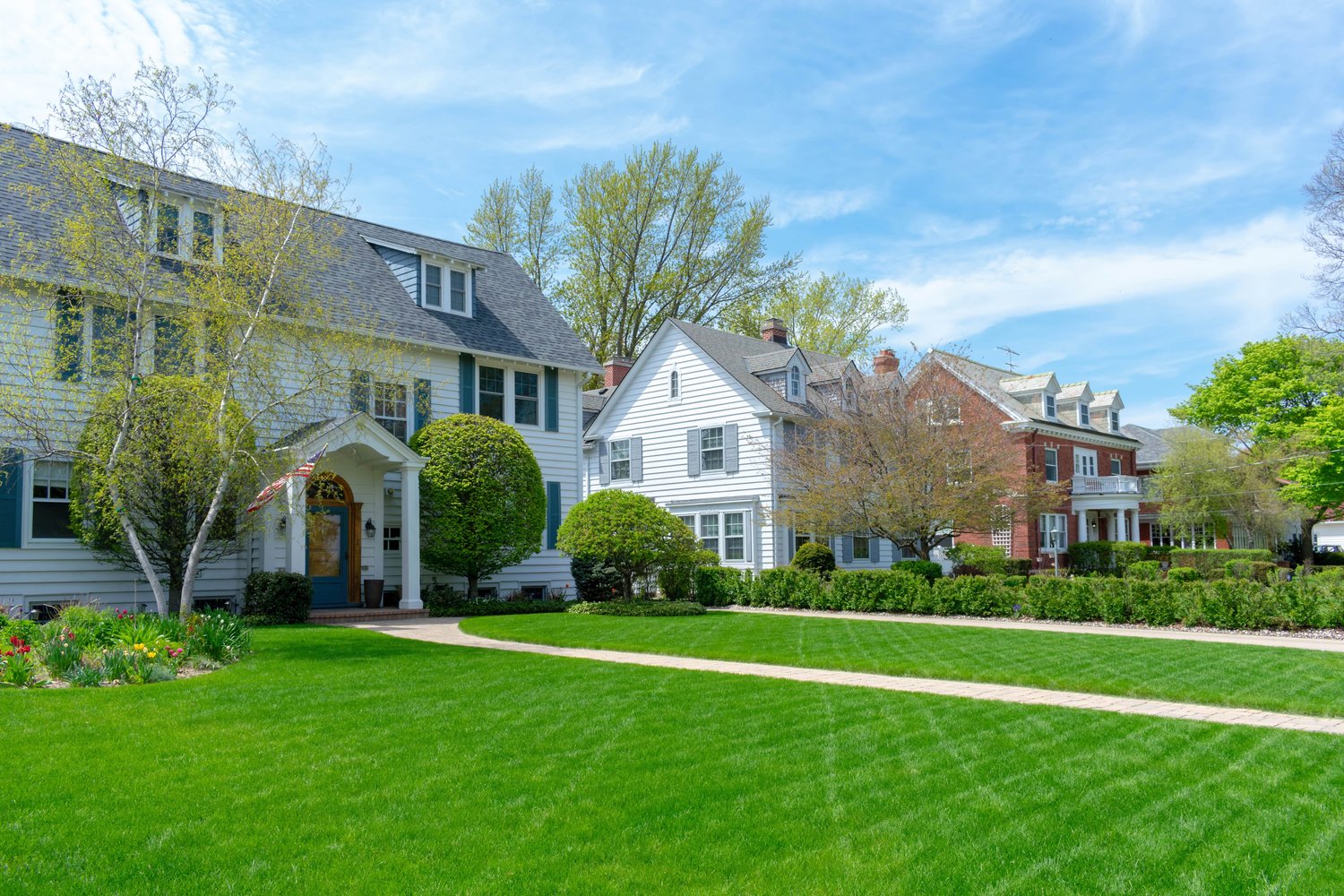That annoying squeak under your feet as you walk across your floor can quickly become the soundtrack to your home life. Whether you’re dealing with hardwood, carpet, or laminate floors, squeaks can develop over time due to a variety of reasons. In this comprehensive guide, we’ll explore the common causes of squeaky floors and provide practical solutions to silence them. From addressing subfloor issues to dealing with seasonal temperature changes, you’ll learn how to identify the root cause and implement effective fixes.
Why Floors Start to Squeak
Floor squeaks typically occur when two wood components rub against each other. As homes settle over time, wooden subfloors and joists can begin to separate slightly, creating small gaps. When weight is applied by walking across the floor, these components move against each other, producing the characteristic squeak. Seasonal temperature and humidity changes exacerbate this issue, as wood naturally expands and contracts with varying moisture levels. This movement is particularly noticeable in upstairs hardwood floors, where traffic is frequent and the structural elements may experience more stress.
Another common cause is loose nails or fasteners that have worked their way up slightly from the subfloor. As you step on or near these loosened fasteners, the floor boards move up and down against the nail shaft, creating friction and the resultant squeak. In older homes, floor joists may sag or warp over time, creating uneven pressure points that contribute to noisy floors. Understanding these underlying causes is essential to implementing the right fix for your specific situation.
Fixing Squeaky Floors From Above
When you have access to the surface of the floor, several DIY approaches can help silence those irritating squeaks. For hardwood floors, one effective method involves using specialized screws designed specifically to fix squeaky floors. These screws feature a snap-off head that breaks off below the surface of the wood once driven in, allowing you to secure the loose floorboard to the subfloor without visible evidence of the repair.
If you’re dealing with squeaky floors under carpet, a different approach is needed. A stud finder can help locate the floor joists beneath the carpet. Once identified, specialized screws designed for carpet applications can be driven through the carpet and pad directly into the joist below. These screws have a unique design that allows them to grip the subfloor securely without damaging the carpet fibers. The heads of these fasteners sit flat between the carpet fibers, making them virtually invisible after installation.
Squeaky floors can also be addressed by applying powdered graphite or talcum powder into the cracks between floorboards. This helps lubricate the wood surfaces that rub together, potentially eliminating the noise. While this solution may need to be reapplied periodically, it’s a non-invasive approach that doesn’t require any permanent modifications to your flooring, as noted by home improvement experts at AskHomey.
Stopping Floor Squeaks From Below
Access to the space beneath your floor—typically a basement or crawl space—opens up additional options for silencing squeaks. This approach is particularly effective when addressing squeaks in upstairs floors. One common method involves installing wooden shims in gaps between the subfloor and the joists. By carefully tapping these shims into place with a hammer, you can fill the gap that’s causing the movement and subsequent noise. It’s important not to force the shims too tightly, as this could potentially raise the floor above.
Another effective below-floor solution involves using brackets or braces to reinforce floor joists that have weakened or warped over time. By adding structural support, you can prevent the movement that causes squeaking. For a more direct approach, applying construction adhesive along the seam where the subfloor meets the joists can create a strong bond that eliminates movement. When combined with additional screws driven up through the joist into the subfloor, this method provides a comprehensive fix for persistent squeaks.
Understanding Subfloor Repair Costs
When considering repairs to address squeaky floors, it’s important to be aware of potential subfloor repair costs. Minor fixes using specialized screws or shims are relatively inexpensive, with materials typically costing under $50 for DIY applications. However, if your squeaky floors are symptoms of more significant subfloor damage—such as rotting, warping, or extensive loosening—more comprehensive repairs may be necessary.
Professional subfloor repair costs generally range from $500 to $2,000 for standard rooms, depending on the extent of the damage and accessibility. Complete subfloor replacement can run significantly higher, potentially reaching $3,000 to $5,000 for larger areas. These costs typically include labor, materials, and potentially the removal and reinstallation of the finished flooring. While DIY approaches can save money for minor repairs, extensive subfloor issues are often best addressed by professionals to ensure structural integrity and proper installation.
For more tips and to connect with reliable home service professionals, follow AskHomey on Facebook and Instagram.



